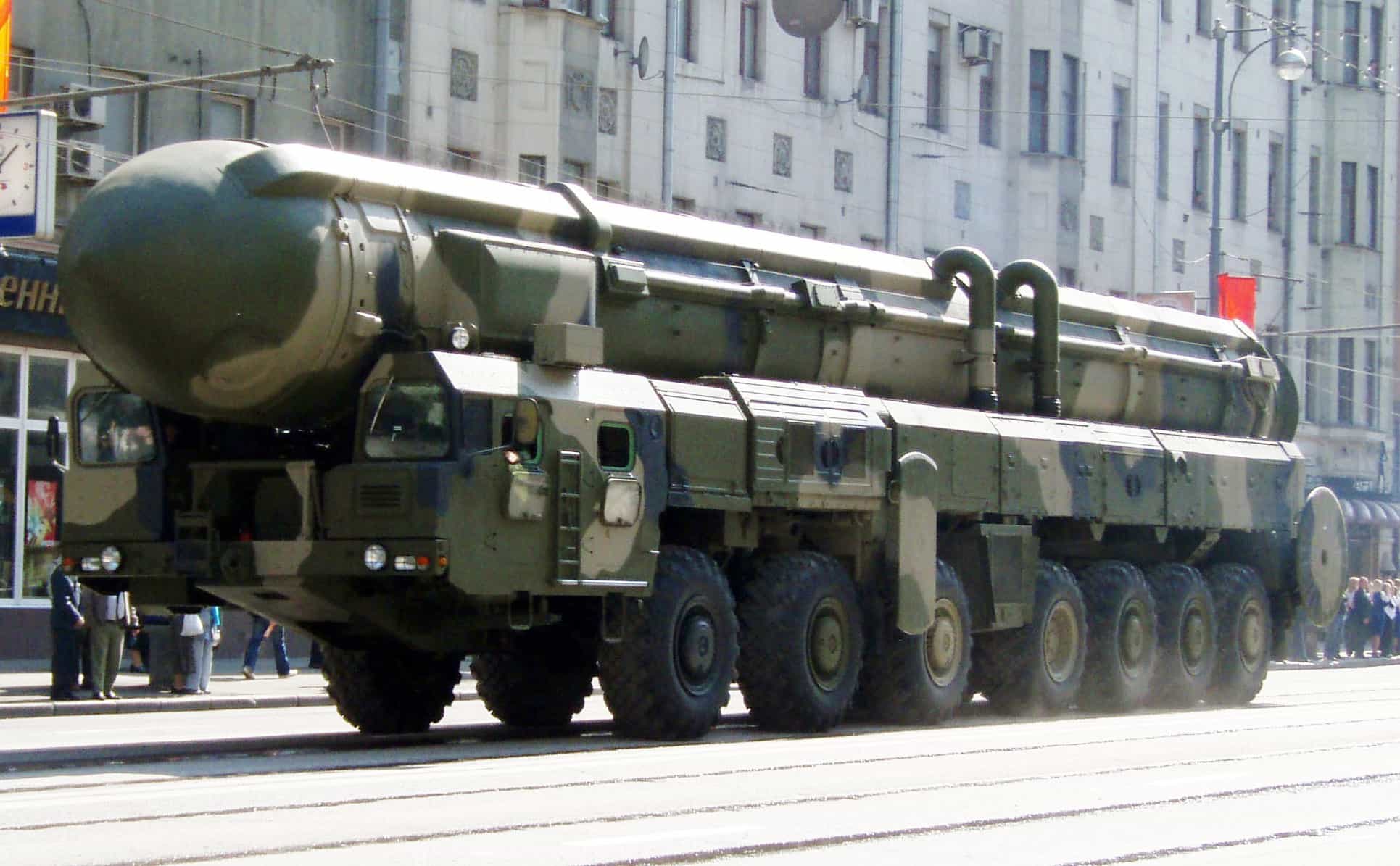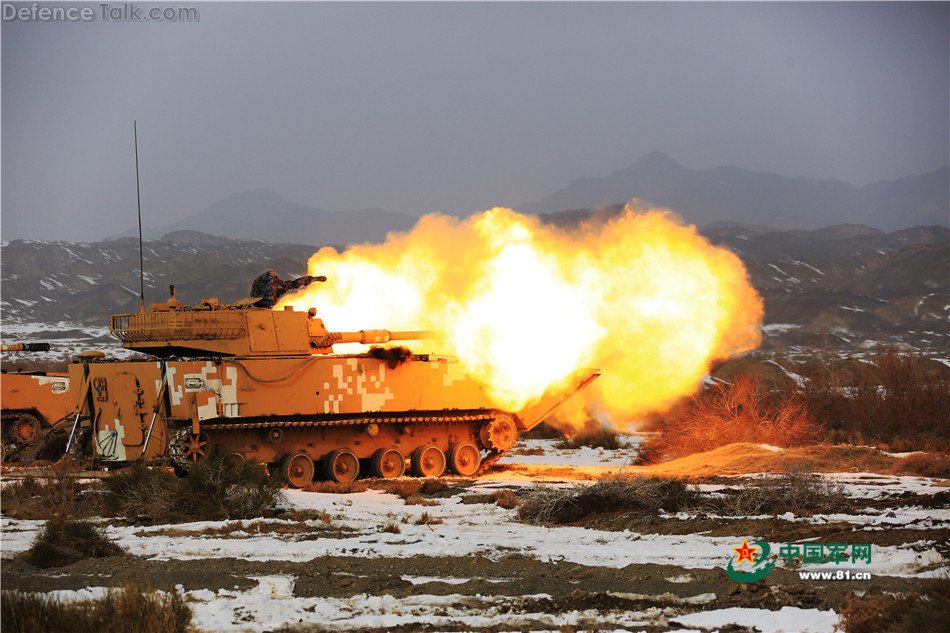Ten Russian mobile strategic nuclear missile regiments have been deployed across the country for military exercises.
The systems deployed include Topol (NATO reporting name: SS-25 Sickle), Topol-M (NATO reporting name: SS-27 Sickle B), and RS-24 Yars (NATO reporting name: SS-27 Mod 2) missiles.
According to a Russian Defense Ministry statement cited by RIA Novosti, the missile systems’ crews will engage in exercises that include field deployment and redeployment, the use of engineering equipment and camouflage, as well as protecting the missile launchers against potential threats.
Meanwhile, anti-sabotage troop detachments accompanying the missile launchers will conduct drills employing new Typhoon-M counter-sabotage vehicles outfitted with UAVs. The exercises will involve navigating the contaminated terrain, repelling simulated ground and airborne attacks, and carrying out mock missile launches.
Currently about 20 missile detachments across Russia are engaged in various military exercises.
According to the Russian Defense Ministry, the Russia’s Strategic Missile Forces will conduct over 100 tactical, special and CP exercises in 2016, as well as engage in snap drills.
++ Russia’s Missile Forces Will Get New Combat Management System in 2016
Russia’s Strategic Missile Forces (SMF) will receive a new c of the fifth generation in 2016, a Russian Defense Ministry spokesman said Tuesday.
“Beginning from 2016, Russia’s Strategic Missile Forces will proceed with supplying modernized SMF command centers and advanced strategic missile systems, which are under development, with integrated ASBU units,” Dmitry Andreev said.
He added that the battle management system used in Yars mobile ground missile systems significantly enhances the performance of the missile system due to advanced communications equipment and modern telecommunication technologies.
Russia is planning to modernize up to 70 percent of its military hardware by 2020. The total modernization program cost is estimated to reach about 20 trillion rubles (some $274 billion at current exchange rates).











